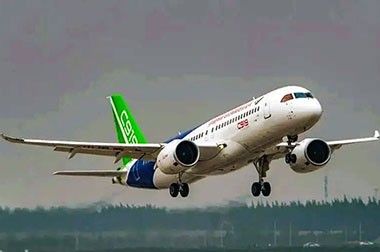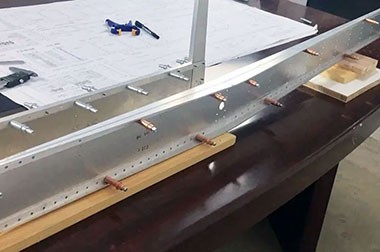Al 7475 Properties
7475 aluminum is a high-strength aerospace-grade alloy in the 7000 series. It is derived from 7075 aluminum and features excellent strength, high fracture toughness, and outstanding resistance to fatigue crack propagation. These characteristics make it an ideal choice for critical aerospace applications such as fuselage skins, bulkheads, and wing components, as well as military and high-performance automotive applications.
- T6: Reaches peak strength but has lower stress corrosion resistance.
- T73/T76: Over-aged, with improved corrosion resistance and fracture toughness, but reduced strength (about 10-15% lower than T6).
- Fracture Toughness: Superior to 7075 due to reduced impurities.
- Fatigue Resistance: Highly suitable for cyclic load applications.
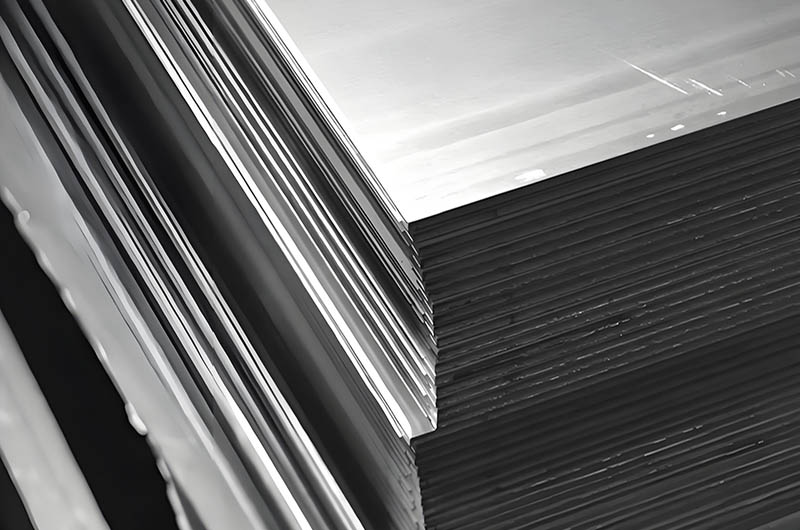
Al 7475 Mechanical Properties
High Strength:
- 7475 aluminum exhibits excellent high strength below 150°C, with outstanding low-temperature strength performance.
- It maintains a balance between tensile strength and fracture toughness, making it suitable for high-stress structural components.
Heat Treatment Characteristics:
- Good plasticity after solution treatment, with significant strengthening effects from heat treatment.
- Dual-stage aging treatment enhances resistance to stress corrosion cracking.
Machinability:
- 7475 aluminum has poor weldability and requires cladding or other protective processes to improve corrosion resistance.
- Internal stress is stabilized through pre-stretching processes, reducing the risk of machining deformation.
Al 7475 Product Forms
7475 aluminum is available in plate, sheet, extrusions, and forgings, commonly in forged form.
| Product Form | Description |
| 7475 Aluminum Plate | 7475 aluminum plate features outstanding high strength and fracture toughness while maintaining low impurity content. It is widely used in aerospace structures such as fuselage skins and wing surfaces, providing excellent fatigue performance and resistance to crack propagation. Additionally, its superior corrosion resistance and stable dimensional accuracy make it a crucial material in the aerospace industry. |
| 7475 Aluminum Sheet | 7475 aluminum sheet is known for its excellent corrosion resistance and high fracture toughness. It is mainly used in aerospace applications for skins, wing ribs, and wing panels, especially in applications where weight reduction and structural strength are critical. Its uniform mechanical properties and superior fatigue resistance ensure structural safety during long-term operation. |
| 7475 Aluminum Extrusions | 7475 aluminum extrusions are manufactured through precision extrusion processes, offering uniform mechanical properties and excellent surface quality. They are widely used in aerospace structures, including frames, reinforcements, and connecting components. Their high strength and fracture toughness allow them to maintain structural integrity under complex stress conditions while ensuring reliability in harsh environments. |
| 7475 Aluminum Forgings | 7475 aluminum forgings possess exceptional fatigue resistance and fracture toughness, typically used in critical aircraft components such as landing gear assemblies, structural supports, and load-bearing parts. Produced through precision forging processes, they provide superior resistance to fatigue crack propagation, enabling them to withstand high loads and dynamic stresses, ensuring long-term reliability and safety in aerospace applications. |
Al 7475 is favored in aerospace and high-stress applications due to its excellent strength-to-weight ratio, fracture toughness, and fatigue resistance. Its performance is optimized by controlling tempering and impurity levels, making it a key material in advanced engineering environments.
7475 Aluminum Standards and Specifications
- AMS: 4202, 4203 (Aerospace Material Specifications).
- ASTM: B209 (Sheet/Plate), B221 (Extrusions).
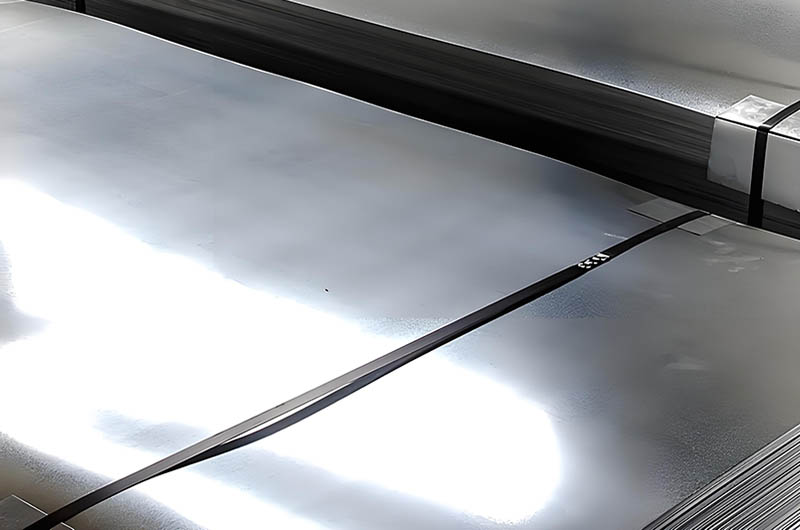
Al 7475 Properties and Comparison with Similar Alloys
- Compared to 7075: 7475 offers higher purity (lower Fe/Si content), resulting in improved toughness, making it an ideal choice for critical applications.
- Compared to 2024: While 2024 (Al-Cu alloy) offers excellent fatigue performance, 7475 provides higher strength and superior fracture toughness.
Al 7475 Chemical Composition
Al 7475 is a high-strength aluminum alloy in the 7xxx series, primarily composed of zinc, magnesium, and copper. The main elements include:
- Zinc (Zn): 5.2–6.2%
- Magnesium (Mg): 1.9–2.6%
- Copper (Cu): 1.2–1.9%
- Chromium (Cr): 0.18–0.25%
- Iron (Fe) and Silicon (Si): Strictly controlled to minimize impurities, thereby improving fracture toughness.
7475 Aluminum Thermal Properties
- Thermal Expansion: Approximately 23 µm/m-K, ensuring dimensional stability under thermal cycling.
- Heat Treatment: The alloy is heat treatable; typical tempers (such as T7451 and T7651) are achieved through solution heat treatment, quenching, and artificial aging. This process enhances its strength and toughness while controlling grain structure.
7475 Aluminum Corrosion Resistance
- In the T6 temper, it is susceptible to stress corrosion cracking (SCC); T73/T76 tempers mitigate this issue.
- Protective coatings (anodizing, chromate conversion) are recommended for harsh environments.
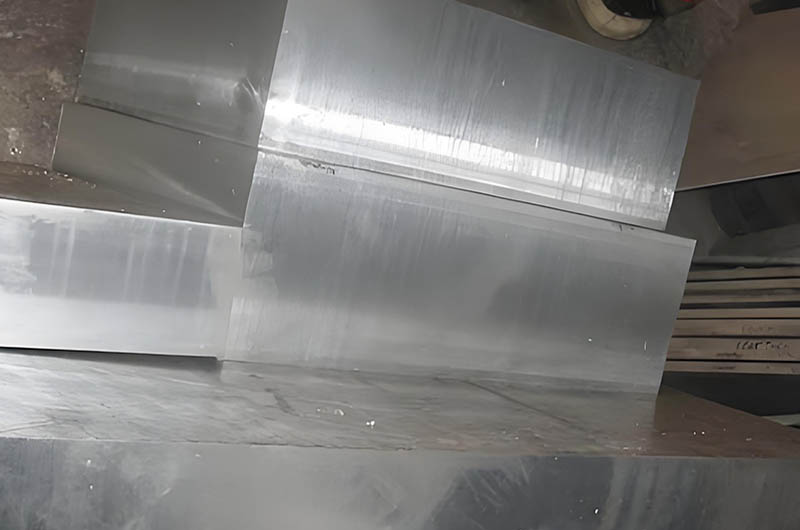
7475 Aluminum Manufacturing and Processing
- Forming: Best performed in the annealed (O) state; heat treatment is required afterward.
- Machining: Good machinability in the T6 temper, but tool wear may occur due to its high strength.
- Heat Treatment: Solution treatment is typically conducted at around 480°C, followed by quenching and aging (T6 at 120°C; T73 for longer durations at higher temperatures).
- Machinability: Excellent machinability in the annealed state. Oil-based lubricants are recommended to reduce tool wear and ensure a smooth surface finish.
- Welding: Welding is generally not recommended for 7475 aluminum due to its high zinc and copper content, which can promote stress corrosion cracking at weld joints. Riveting or bolted connections are preferred.
Al 7475 Applications
Given its exceptional mechanical properties and outstanding fatigue resistance, 7475 aluminum is widely used in:
- Aerospace: Fuselage skins, bulkheads, and wing structures in critical components.
- High-Stress Components: Spacecraft, bicycle frames, and automotive parts.
- Critical Structures: Applications where high fracture toughness and fatigue resistance are essential.
- Military: Used in defense vehicles for structural components and armor.
- Automotive: High-performance vehicles where a combination of lightweight and strength is crucial.
- Other Engineering Fields: In marine components and high-end sports equipment requiring excellent strength and corrosion resistance.
The combination of strength, toughness, and a favorable strength-to-weight ratio makes this alloy indispensable in environments where stress reliability is non-negotiable.
Al 7475 Considerations
- Stress Corrosion Susceptibility: Requires cladding or surface treatment to mitigate.
- Welding Limitations: Not recommended for welded structures, with riveted or bolted connections being preferred.
Aluminum alloy 7475 stands out as one of the top high-strength aluminum alloys. Its well-balanced chemical composition and processing methods allow it to achieve exceptional mechanical properties, with excellent fracture toughness and fatigue resistance. While its strength and durability make it an ideal choice for demanding aerospace and military applications, its limited weldability requires careful consideration during manufacturing. These characteristics ensure that aluminum alloy 7475 remains a critical material in modern high-performance and safety-critical engineering applications.

